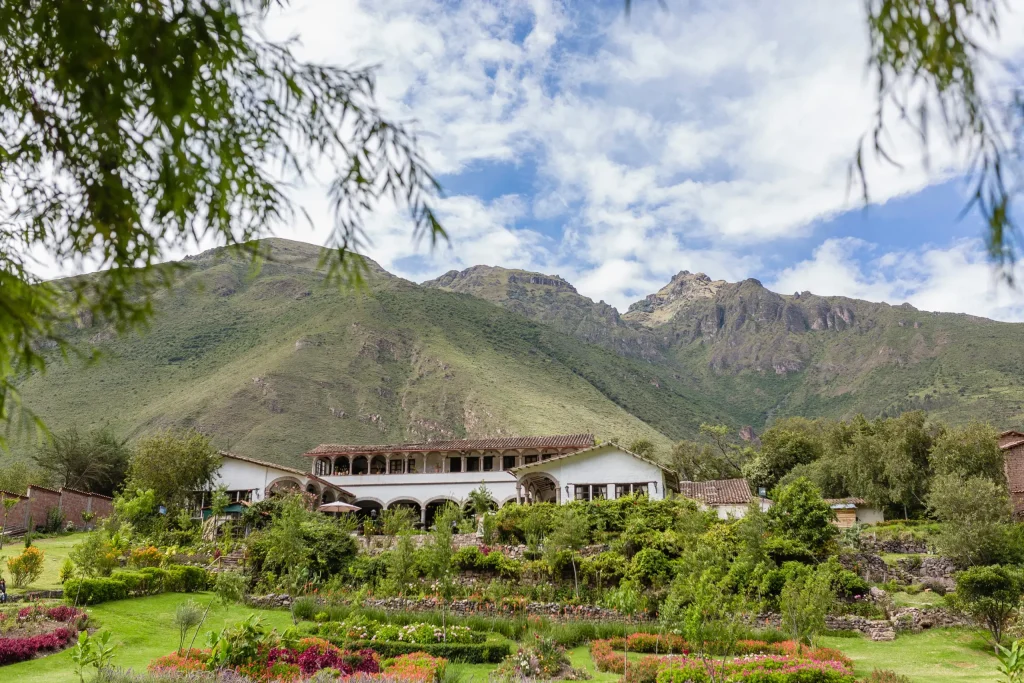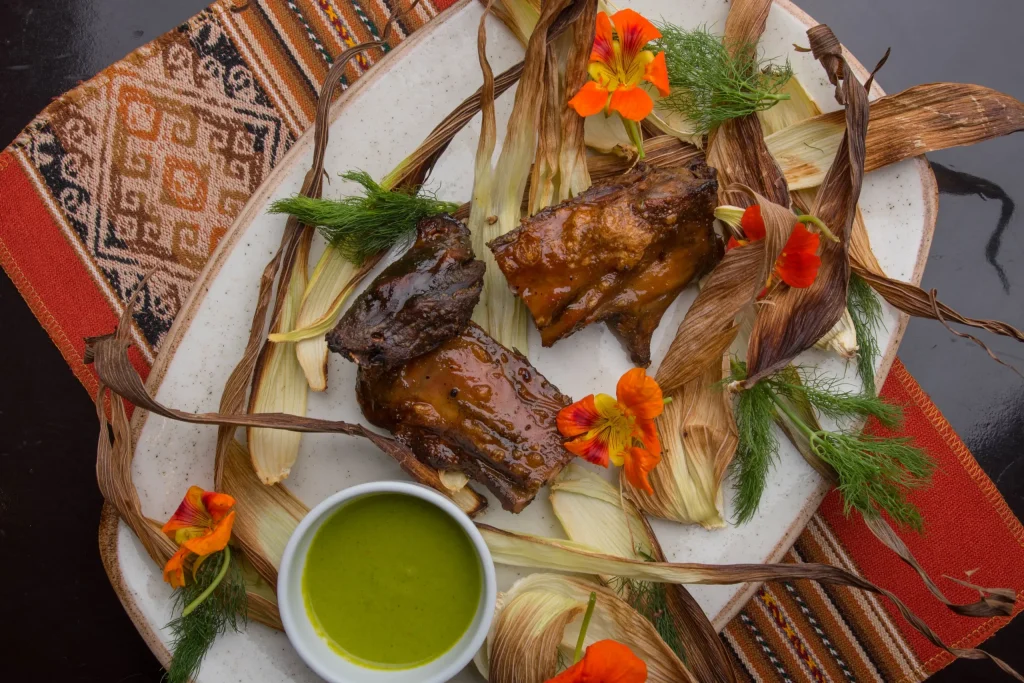BUFFET RESTAURANT – COLONIAL HOUSE IN THE SACRED VALLEY

Traditional Flavors of the Sacred Valley
Under the watchful gaze of the Apus and alongside the Urubamba River on the way to Ollantaytambo, Tunupa Sacred Valley of the Incas invites you to a Creole buffet that transcends time. Here, Peruvian gastronomy becomes a sacred ritual—an offering to the land and its gifts—where each dish evokes the essence of the Andes and the legacy of our ancestors.
Our cuisine is a tribute to the earth and its bounty, a fusion of tradition and modernity. In our buffet, every creation honors the classic dishes of Cusco and the local producers who keep our roots alive. We are inspired by the richness of native ingredients, cultivated with the same reverence and wisdom as in ancient times.
In this space, the energy of Tunupa—God and guardian of the mountains—can be felt in the air, infusing every moment with his mystical presence. Visiting this culinary sanctuary is more than a meal: it is a journey into the sacred essence of the Sacred Valley, an experience where the senses awaken and the soul reconnects with Peru’s living traditions.
The Best of Cusqueñan Cuisine in a Buffet
At Tunupa Restaurante, Peruvian gastronomy becomes an art form—one that honors tradition while embracing innovation. Every dish in our buffet is a tribute to the richness of Cusco’s traditional cuisine, blending its culinary legacy with a contemporary vision that highlights the beauty of local ingredients.
The essence of Cusco’s iconic dishes comes to life in our kitchen. The flavor of cuy, the tenderness of trout from the Andean rivers, the vibrant freshness of an Andean-style ceviche, the bold spirit of a pisco sour… each flavor is a whisper from our ancestors—a tribute to the customs and traditions that have shaped the identity of the Andean people.
From the depth of highland cuisine to the freshness of ingredients that have nourished generations, every creation at Tunupa Restaurante in the Sacred Valley is a sensory journey that transports diners to the very heart of Peru. Here, cuisine is not only enjoyed—it is lived, felt, and celebrated.
